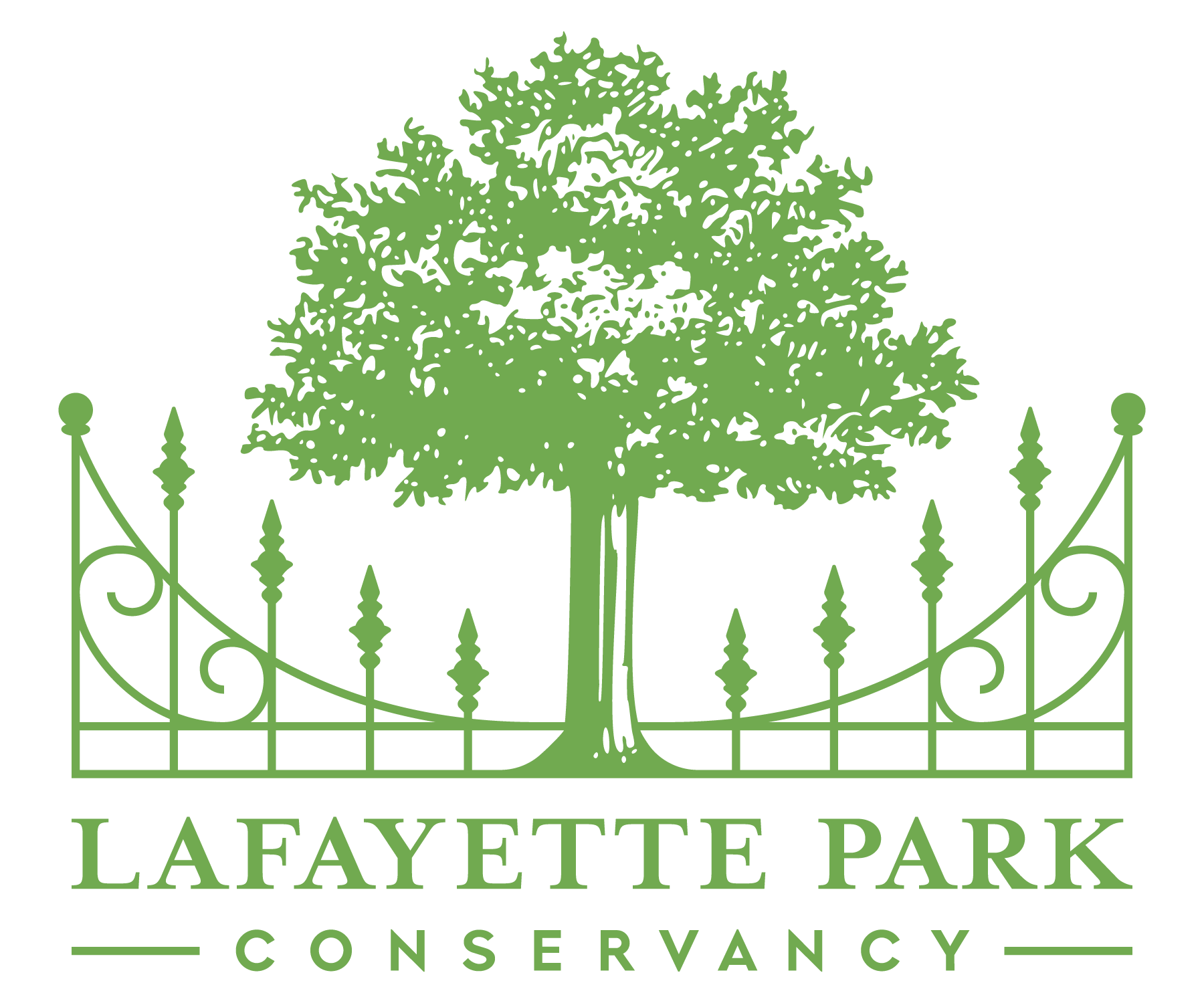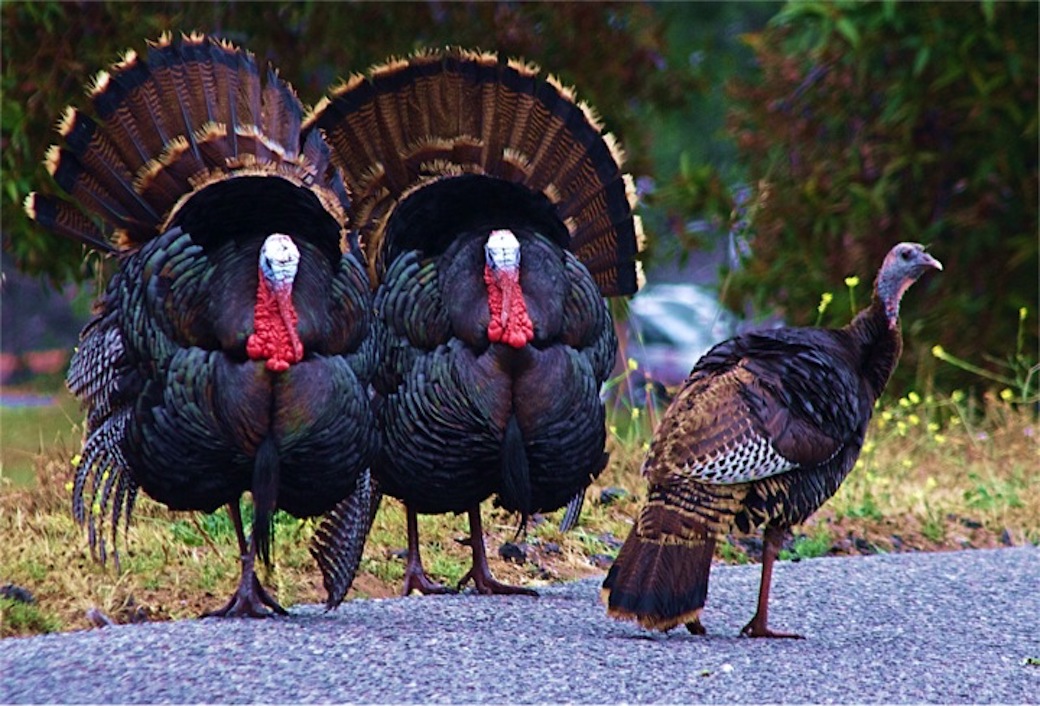BY KIERAN LINDSEY, PhD
I don’t know what American grade school kids are being taught these days—my days at Oakville Elementary ended a couple of decades ago (okay, fine—several decades ago) so I don’t have direct access to 21st century homework assignments. But I’ll go out on a limb here and bet that most of them know the bald eagle (Haliaeetus leucocephalus) won the 1782 version of American Idol, and that it did so by edging out celebrity judge Benjamin Franklin’s favorite contestant, the Wild Turkey (Meleagris gallopavo).
That long-ago contest had little in common with modern day reality TV. For one thing, neither bird has great pipes. Revolutionary era citizens were never asked to call or text in their votes. Also, the bald eagle has held on to national fame longer than fellow white-headed winner Taylor Hicks, while the Wild Turkey hasn’t exactly proven the voters wrong by, say, winning an Academy Award, Jennifer Hudson-style.
On the other hand, we don’t set aside a day each November (or any month, for that matter) on which the eagle takes center stage. So in honor of Thanksgiving, I’d like to briefly sing the praises of the runner-up… and not just as the star performer at a holiday dinner.
Shortly after Congress immortalized the eagle on the Great Seal of the United States, Franklin shared his disappointment and misgivings over their choice in a letter to his daughter. Given the sparse pelt on his own pate, one might expect ol’ Ben would view the bald eagle as a kindred spirit, or at least harbor a bit of sympathy. Instead, his criticism was as harsh as any doled out by Simon Cowell, describing our new national symbol as “a Bird of bad moral character” who “does not get his Living honestly,” preferring to sup on rotting fish or, worse yet, stealing fresh seafood from more industrious raptors like the osprey (Pandion haliaetus). What’s more, Ben argued the eagle is cowardly, evidenced by how easily it can be driven away by much smaller birds defending their nests and offspring. Not exactly the role model image our fledgling country hoped to cultivate.

The Wild Turkey, according to Franklin, is “in Comparison a much more respectable bird,” a “true original Native of America” and a “Bird of Courage” who “would not hesitate to attack” any invader and defend his home turf.
This description might not square with your expectations after years of holiday stories featuring dim-witted, less than inspiring Butterballs-to-be, and this is because the domestic turkey is but a pale and passive imitation of the real-deal.
Wild tom turkeys (as the males are called) will most definitely defend their breeding territory against potential rivals. Large and heavy, they are unexpectedly agile flyers, aggressive fighters, social, sometimes playful, intelligent, and adaptive. To my knowledge they’ve never been accused of theft or caught dining on carrion (their omnivorous diet consists primarily of acorns and other nuts, seeds, fruit, buds and leaves, insects and the occasional small reptile or amphibian).
As far as moral character goes… well, you know rock stars. Toms strut their stuff in a flamboyant palette of iridescent red, green, purple, copper, bronze, and gold feathers worthy of Adam Lambert. No piercings or tattoos, but oozing cool with a Beat-worthy statement beard of stiff bristles starting just above the wishbone, wattles (flesh hanging from the head and/or neck), caruncles (fleshy growths on the head), snoods (long fleshy object draped across a tom’s beak), spurs and other body art. Their ladies, in keeping with general avian fashion trends, tend to be more conservatively dressed but they can strut like a runway model when warranted, complete with long legs and outlandish makeup.
Out of the spotlight, turkey hens are attentive mothers to their precocial offspring, in contrast to the menfolk, who are polygamous absentee fathers. (Male bald eagles, it must be said, are actively involved in their children’s upbringing. Given his own tom cat reputation, Ben might have been well served to heed the old saying about people who live in glass houses before he started throwing verbal rocks at our national avian symbol.)
Like the bald eagle, Wild Turkeys experienced a perilous decline in their numbers during in the last century, due to over-hunting and habitat loss (rather than DDT exposure, as was the case for so many of our birds of prey). Game agencies took action to protect the species and have been successful in helping the population rebound. So much so, in fact, that Wild Turkeys have not only returned to rural fields, pastures, and woodlands but have begun to tour in many major metropolitan areas as well. In some parts of the country spotting a flock of Wild Turkeys foraging near a highway, hanging out downtown, or feasting at a backyard bird feeder is no longer a novelty.
That means a growing number of Americans now have a ticket to see this national treasure up close and personal more than once a year, and at venues other than a serving platter.



